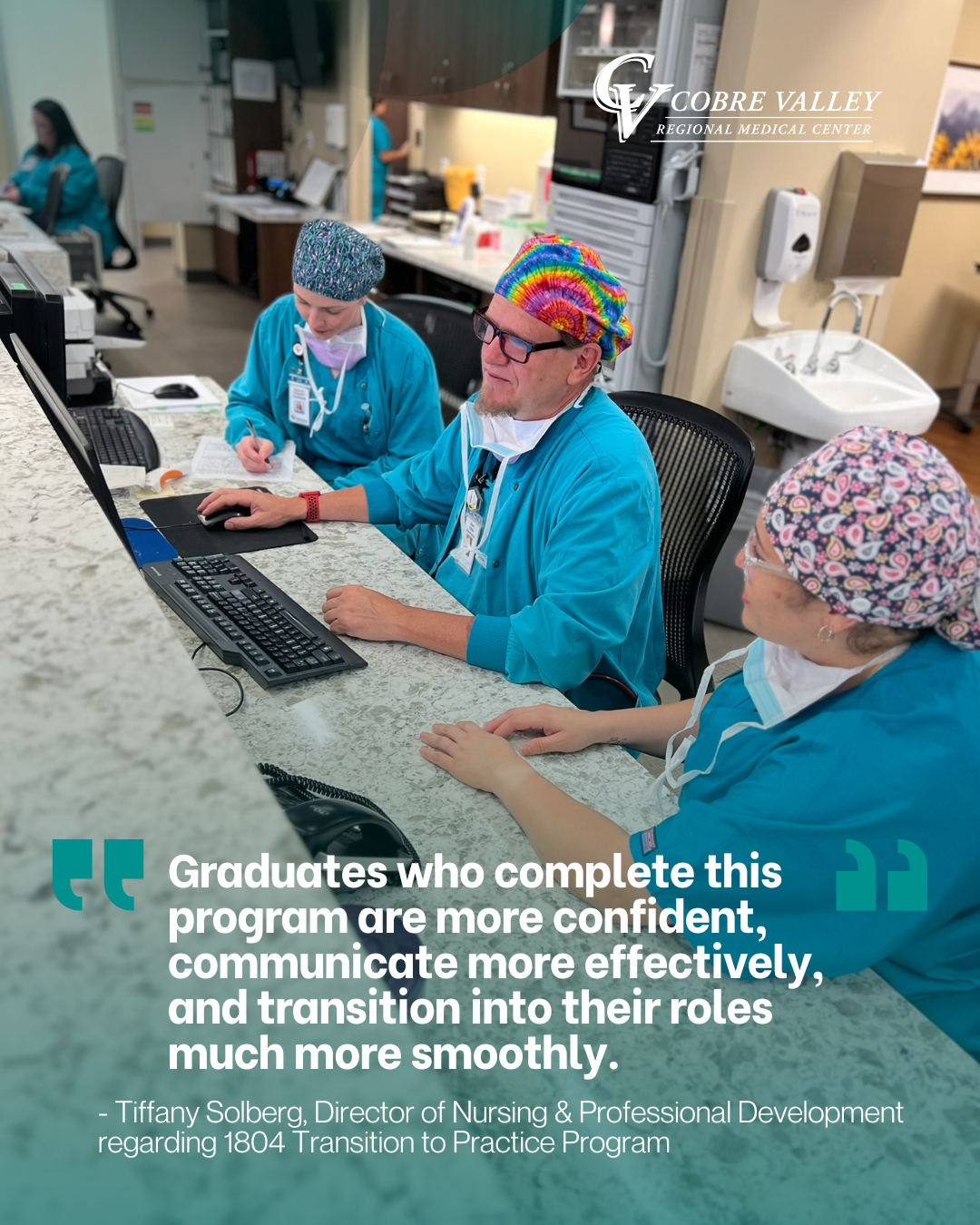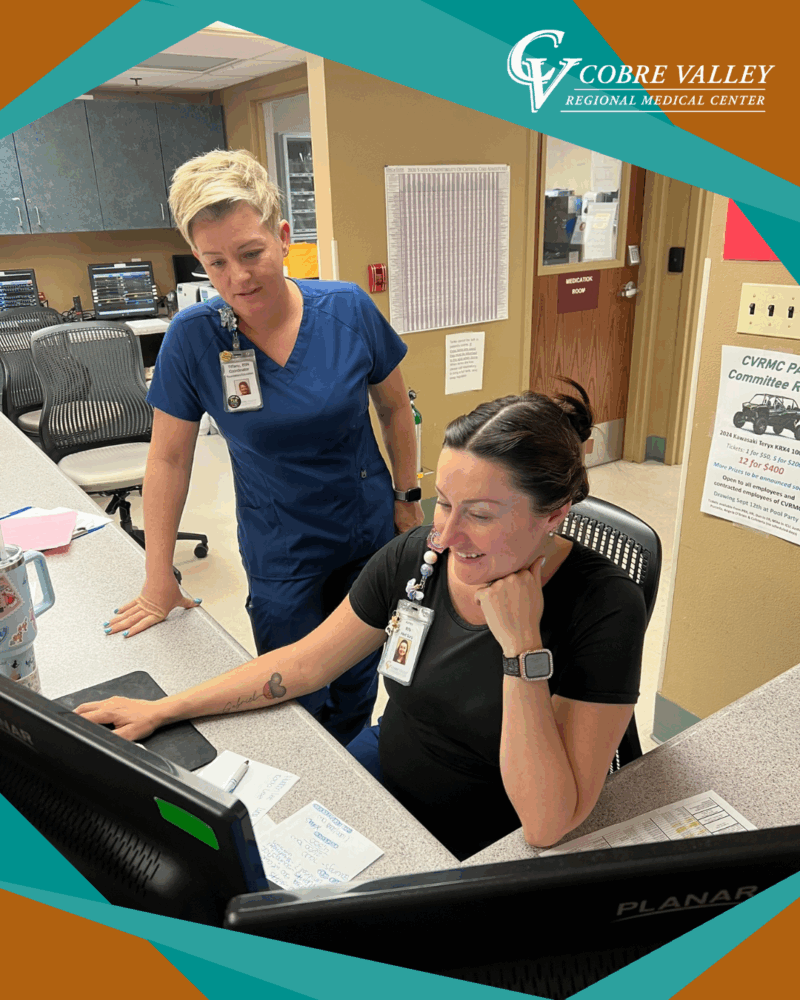Growing Great Nurses: Using State Grants to Build a Stronger Rural Healthcare Team
When Tiffany Solberg, Director of Nursing and Professional Development at Cobre Valley Regional Medical Center (CVRMC), talks about her job, she isn’t just describing a role — she’s describing a mission. A mission to prepare, support, and inspire the next generation of nurses while ensuring the hospital’s patients receive exceptional care close to home.
Thanks to two state-funded initiatives — the Student Nurse/New Graduate Clinical Placements & Preceptor Training Pilot Grant Program (ARS 36-1803) and the Transition to Practice Program (ARS 36-1804) — that mission is gaining new momentum.
The 1804 Transition to Practice Program: Closing the Rural Gap
In larger hospitals, structured new graduate programs have been the standard for years. But rural facilities like CVRMC often lacked the resources to provide the same level of support. That changed with the 1804 Grant, which funds a 12-month Transition to Practice Program for every new nursing graduate at the hospital.
This comprehensive program includes:
-
Didactic coursework – online modules that cover core skills and professional development.
-
Monthly live virtual meetings – statewide networking and collaboration with instructors and other new grads

- Specialty-specific training – focused education in areas such as ICU, ER, OB, or Critical Access.
“The difference is night and day,” Tiffany explains. “Graduates who complete this program are more confident, communicate more effectively, and transition into their roles much more smoothly.”
The 1803 Grant: Strengthening Preceptor Development
- Strategies for guiding independent practice
- Tips for handling difficult conversations
- Methods to build confidence in new hires
Beyond the Classroom: Rural Nursing in Action
- Code nurse
- Rapid responder
- Line nurse
- Bedside ultrasound operator
Simulation and Emergency Preparedness
Low-frequency, high-acuity situations — such as emergency C-sections at night or multi-patient trauma — are practiced through realistic simulations. The goal is to make the right response second nature, even under extreme pressure.
Tools, Resources, and a Culture of Learning

Homegrown Talent, Lasting Impact
Approximately 90–95% of CVRMC’s nurses are from the local community — born, educated, and now caring for their neighbors and family members. For Tiffany, this personal connection is the heart of the job. “When I onboard new staff, I tell them, ‘You are literally taking care of my family members.’ That’s why our standards are so high.”
A Model for Rural Nursing Development
Want to learn more about how CVRMC is helping new nurses thrive and ensuring our patients receive the best care possible?
Visit us on Facebook (Cobre Valley Regional Medical Center) or Instagram (cobre_valley_) to see how we’re growing, serving, and delivering exceptional care—right here at home.
Cobre Valley Regional Medical Center
5880 S. Hospital Drive
Globe, Arizona 85501
928-425-3261

